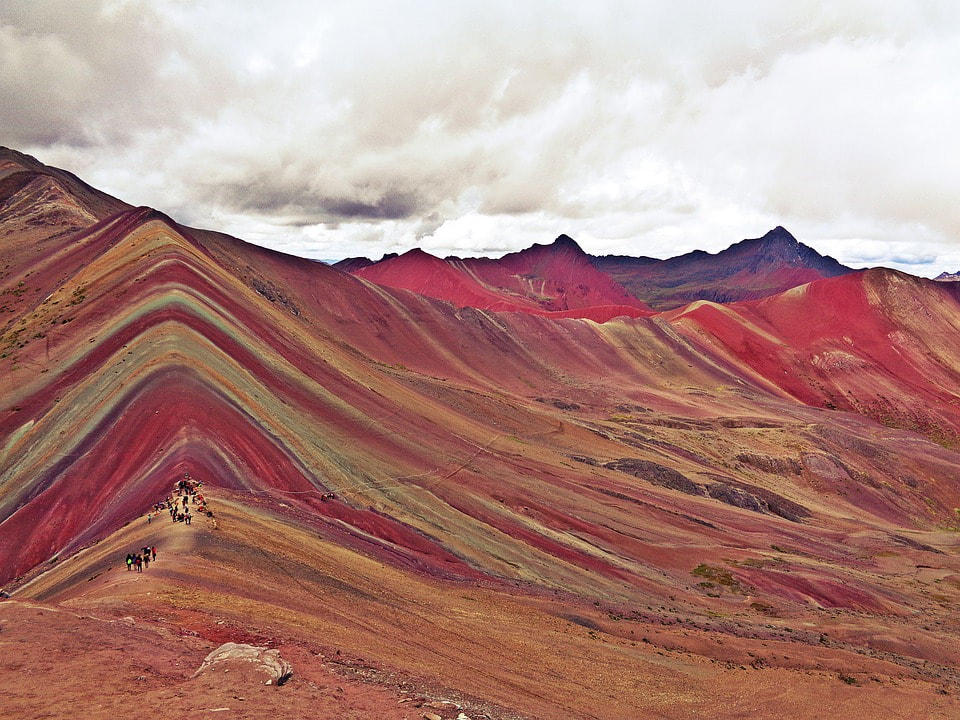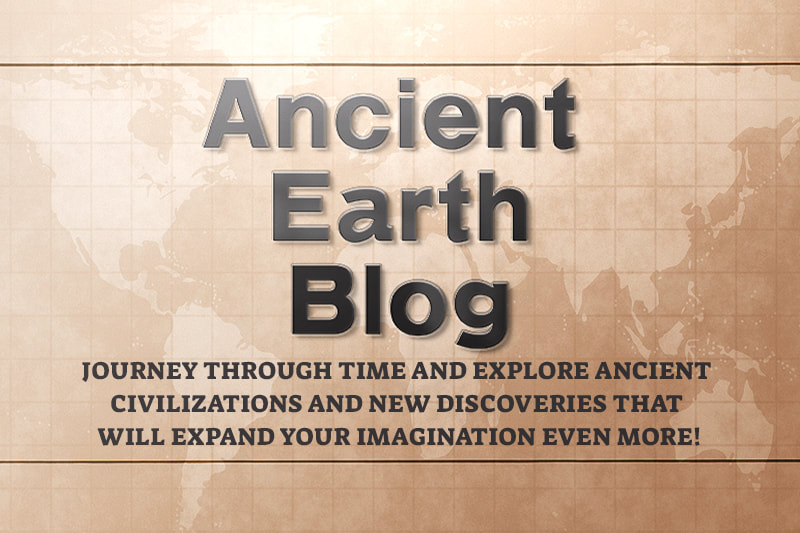|
There are many colorful mountains on our planet. The territory of Peru is no exception. One of the most magnificent geological formations in the world is the mountain Ausangate and the rainbow hills of the Peruvian Andes are located in this area. The colors of the Rainbow Mountain are an amazing combination of brown, violet, turquoise, yellow and red layers of rocks. The mountain literally shimmers with all the colors of the rainbow - that is how it got its name. Today, this is one of the most interesting and amazing attractions in Peru. Those who traveled here are lucky enough to have seen the magnificent landscape with the snowy peaks of Ausangate, the colored formations of the Rainbow Mountain and the piercing blue sky against the background of the Peruvian deserts and very close to the Amazonian jungle. The existence of multi-colored mountains in Peru became known very recently, since earlier (according to local residents) the snow laid on the top, which, under the influence of global warming, began to melt, and the mountains appeared in all their color. The first tourists visited here only in 2016, but the place very quickly gained popularity among both foreigners and local residents. Vinicunca received the name "Rainbow Mountain" for a great variety of colors - yellow, red, white, blue, gray, orange. The mountains owe their extraordinary palette to the presence of sedimentary rocks in their composition during the erosion stage. These rocks formed in such a way that an array of seven colors was formed. The name Vinicunca comes from two words of the Quechua language: ‘wini’ is a stone and ‘kunka’ is a neck (a narrow place of the pass). So who painted the mountains? The role of the artist was played by the geological processes that took place here millions of years ago. Depending on the climate and the presence in the rocks of various minerals and chemical elements in their composition, the layers have a variety of colors. The rainbow color in the layers of the local mountains is largely due to weathering and mineralogy. For example, the red and orange colors of sedimentary layers often indicate the presence of iron oxide as the main mineral. Climbing the Rainbow Mountain itself is prohibited, so as not to harm the landscape with numerous visits. However, from here you can carry out trekking to Ausangate. The best time for trekking on Ausangate is from April to November. Ausangate is considered a sacred mountain, where local residents perform rituals of worshipping the Mother Earth, and the mountain itself is often called simply Apu - the Holy. Rainbow mountains can be found in many corners of our planet. Here are some of them: the colored rocks of Zhangye Danxia Landform Geopark, the colored mountains of Kyzyl-Chin, in Altai, The Seven Coloured Earths (colorful sands) on the island of Mauritius. You can find many photos and videos of the Rainbow Mountains of Peru online. Photographers typically use Photoshop to try to enhance colors. However, these colorful mountains surrounded by glaciers are incredibly beautiful without any editing! No wonder National Geographic has included the Rainbow Mountains in the list of “100 Places of a Lifetime”. Nature is the best artist in the world, and people will never stop admiring its brilliant landscapes. “Mountains are freedom. Treat them respectfully.” Conrad Anker
2 Comments
Donna L Holder
10/28/2019 07:34:30 pm
what a beautiful place
Reply
Jim May
1/28/2020 08:39:06 am
This is something that is on my bucket list.
Reply
Leave a Reply. |
AuthorArchives
November 2022
CategoriesVisit our other BLOGS!
|
|


 RSS Feed
RSS Feed




